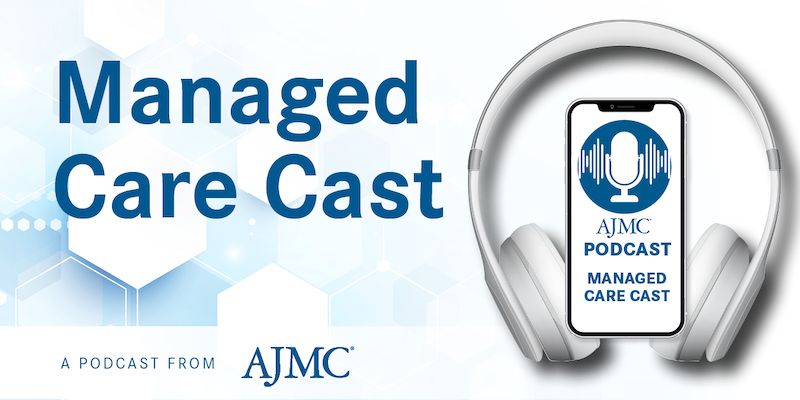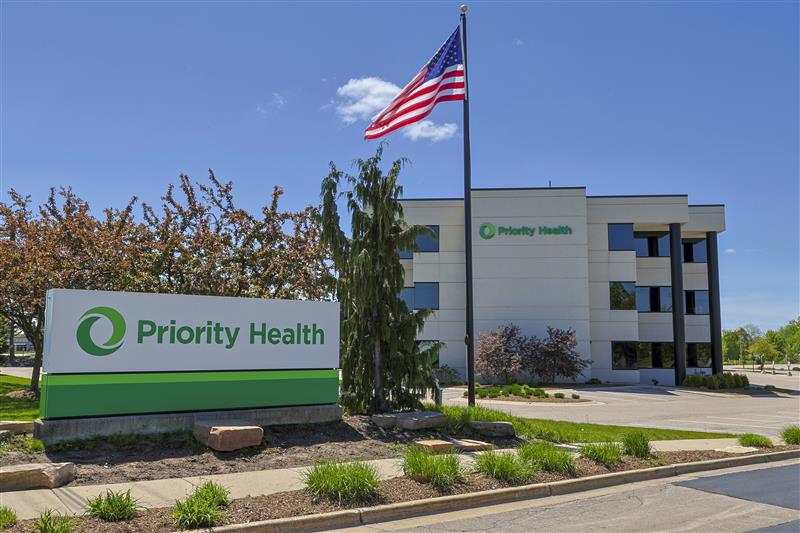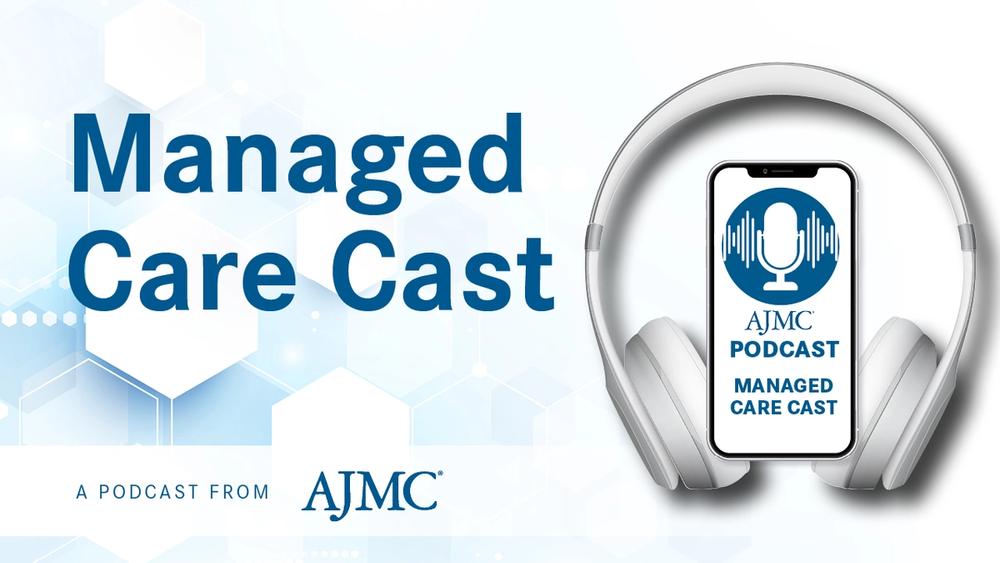Commentary
Video
Cema-Cel Data Highlight Potential in Allogeneic CAR T: Fred Locke, MD
Author(s):
In part 4 of an interview with The American Journal of Managed Care®, Frederick L. Locke, MD, provides insight on the design of the ALPHA and ALPHA2 trials, which are investigating the chimeric antigen receptor T-cell therapy (CAR T) cemacabtagene ansegedleucel (cema-cel) in relapsed/refractory large B-cell lymphoma.
Cemacabtagene ansegedleucel (cema-cel; Allogene Therapeutics) is an allogeneic chimeric antigen receptor (CAR) T-cell therapy currently being investigated for relapsed/refractory large B-cell lymphoma, a type of non-Hodgkin lymphoma, in the ALPHA (NCT03939026) and ALPHA2 (NCT04416984) clinical trials. Lead investigator Frederick L. Locke, MD, chair, Department of Blood and Marrow Transplant and Cellular Immunotherapy, Moffitt Cancer Center and Research Institute, spoke with The American Journal of Managed Care® in February when 2-year results on patients naive to CAR T-cell therapy were released.
In part 1 of this interview, he differentiated between allogeneic and autologous CAR T; in part 2, he discussed the advantages of allogeneic CAR T; and in part 3, he explained how cema-cel is genetically engineered for patient benefit. In this fourth segment, he provides more insight on these trials’ designs and highlights findings from among the CAR T–naive patients.
This transcript was lightly edited for clarity; captions were auto-generated.
Transcript
Can you summarize the designs of these studies, including their patient populations and key end points?
ALPHA [NCT03939026] and ALPHA2 [NCT04416984] are single-arm, multicenter, open-label phase 1 studies designed to test the safety and efficacy and pharmacokinetics/pharmacodynamics of cema-cel and its predecessor, ALLO-501, following standard lymphodepletion with fludarabine and cyclophosphamide, plus the ALLO-647 monoclonal antibody against CD52. It was designed for patients with relapsed/refractory non-Hodgkin lymphoma who had at least 2 prior lines of therapy.
The difference between ALLO-501 and cema-cel—they're almost exactly the same. The only difference is ALLO-501 had an extra protein expressed that could allow it to be sort of cleared out of the body as sort of a safety signal. We don't think that's necessary, and so [with] cema-cel, we've removed that from the therapy. Otherwise, ALLO-501 and cema-cel are exactly the same.
In the ALPHA and ALPHA2 studies, we’re testing out the dosing of cema-cel, the amount of fludarabine and cyclophosphamide chemotherapy, the amount of ALLO-647, and the administration of the therapies. What we found and what we settled upon for large B-cell lymphoma patients is what we've figured out through the course of the ALPHA and ALPHA2 clinical trials. Of course, the primary end point is really safety—make sure we can safely administer this to patients and hopefully get some clinical responses in doing so.
What are the most significant findings observed in the CAR T–naive patients?
One of the things we learned is that patients who are most likely to benefit from cema-cel are those who haven't had prior autologous or other CAR T-cell therapy. For CAR T–naive large B-cell lymphoma patients who’ve had 2 or more prior lines, they’re relapsed and refractory, what we found is that we could administer cema-cel and control the adverse events, and make this relatively safe, a safe therapy for patients. Of all the 33 CAR T–naive patients with large B-cell lymphoma who received cema-cel in the ALPHA and ALPHA2 studies, 24% developed some cytokine release syndrome, and none of the patients developed immune cell–associated neurotoxicity syndrome. These 2 entities, CRS and ICANS, if you will, neurotoxicity are common with autologous CAR T-cell therapies. We actually saw the rates of these are relatively lower with cema-cel as compared to the standard autologous CAR T-cell products that we administer.
We also found pretty remarkable response rates. These are patients, again, with relapsed/refractory large B-cell lymphoma, and we weren't sure if the CAR T cells would cause graft-vs-host disease or be rejected. We saw no graft-vs-host disease in large B-cell lymphoma patients on this study. We also found that the response rates were pretty remarkable. Overall response rates were 58%, and the complete response rates were 42%. This is in the range of response rates we get with autologous CAR T, especially when we consider that [with] autologous CAR T, you have to collect cells from the patient and wait about a month or longer for them to be manufactured. Not every patient can wait that long, whereas with allogeneic CAR T cells, we can get started right away with the lymphodepleting chemotherapy and be administering the treatment in less than a week. Pretty remarkable response rates in CAR T–naive patients with relapsed/refractory large B-cell lymphoma.
Newsletter
Stay ahead of policy, cost, and value—subscribe to AJMC for expert insights at the intersection of clinical care and health economics.





